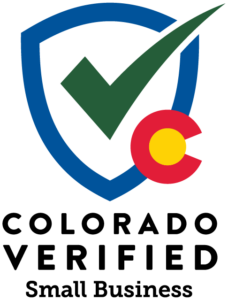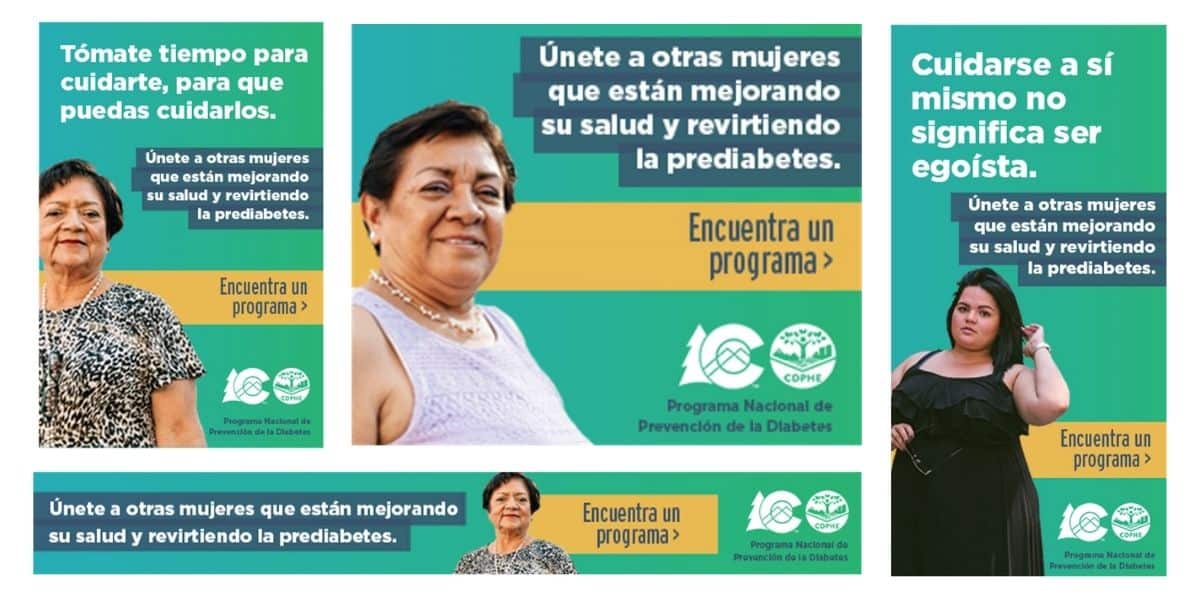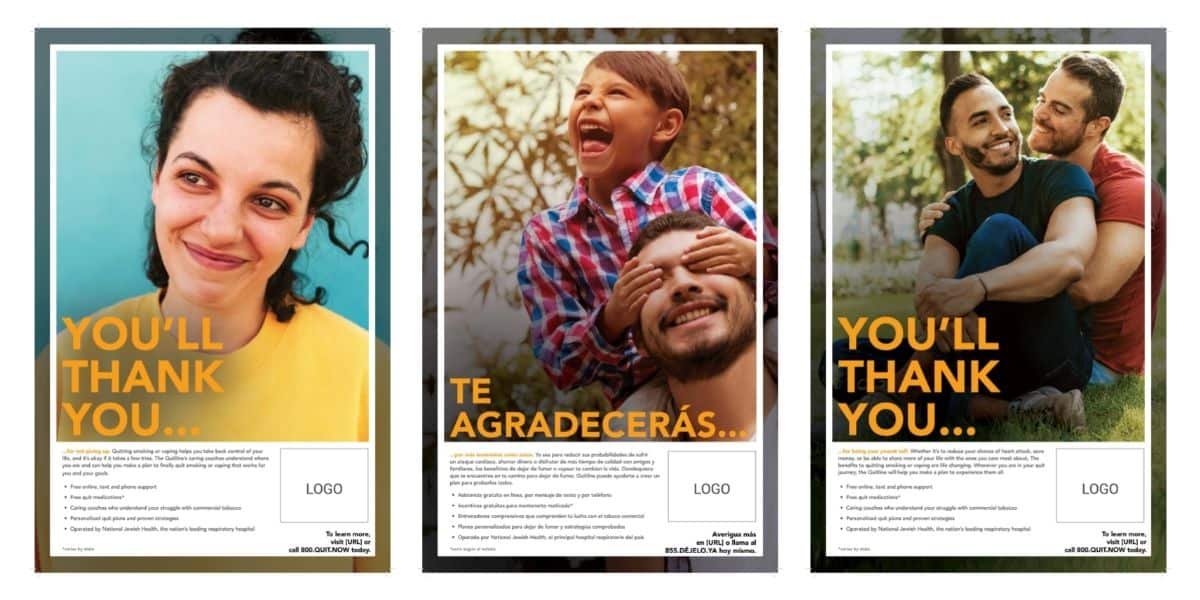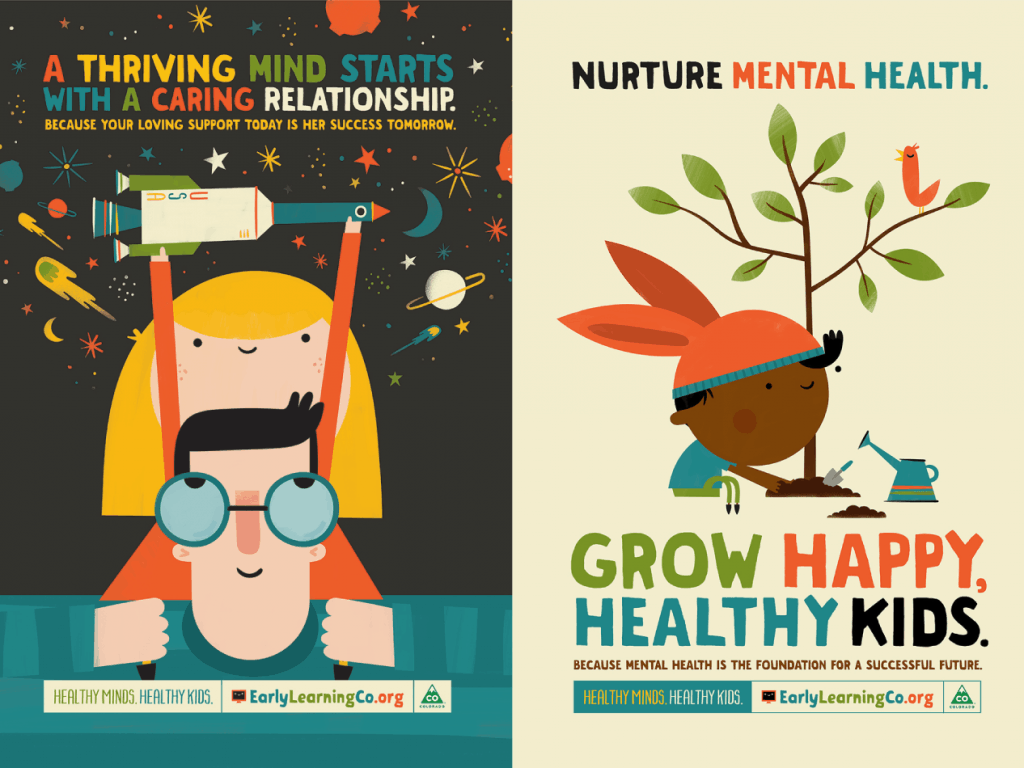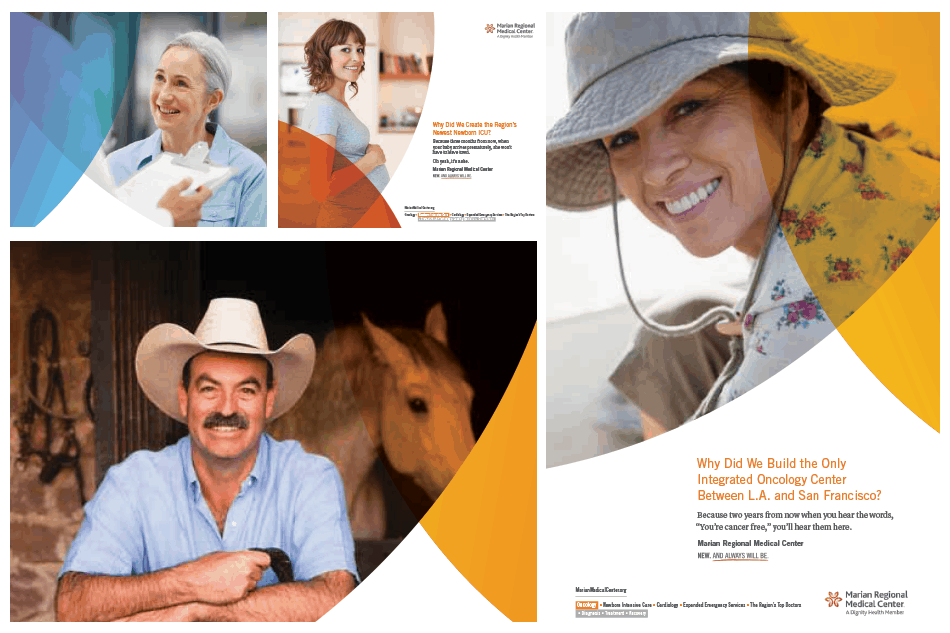When I was in elementary school in the 1970s, my teachers told us that automation would mean we would only have to work a few hours a week. In this promised utopia, we’d get to spend the rest of our time exploring our passions outside of the office or factory.
They lied.
Fast Company noted in 2019, “Today the average American works 47 hours a week, nearly a full day longer than the 40-hour workweek for which their forebears fought. Worse, 18% of full-time workers work 60-plus hours a week.”
What gives?
The promised technological innovations took place. Instead of a secretary for every executive or two, everyone started typing their own memos and scheduling themselves.
Manufacturing didn’t become completely automated, but robotics eliminated many routine tasks.
What did we do with all that free time? We elevated to work at higher levels, freed from rote tasks.
We were more creative, strategic, and productive. (And, yes, we spent a lot of time responding to email and surfing the web.)
Today some are saying that #artificialintelligence (AI) will make more of us obsolete.
But as this New York Times essay notes, for most of us it will just free us from mundane tasks that aren’t the best and highest use of our talents.
The essay’s author, Louis Hyman, writes: “Boring, repetitive tasks that I knew a computer should be able to do, but that I didn’t know how to make it do, suddenly became as easy as typing in my request.”
For those who think of AI as a threat to their job, it may become what they fear.
But for those who see AI as a booster — one that opens new horizons in their mind for new pursuits — the possibilities are limitless.

About the Author:
Eric Anderson (he/him) began his career as a newspaper reporter in Washington, D.C., Hong Kong, and Denver before co-founding SE2 in 1998. He has helped guide marketing and communications campaigns on some of the era’s most pressing issues, from public health to education to the environment. He lives in Englewood, Colorado with his wife, Amber. Together they have four adult children, two dogs, and one cat.

